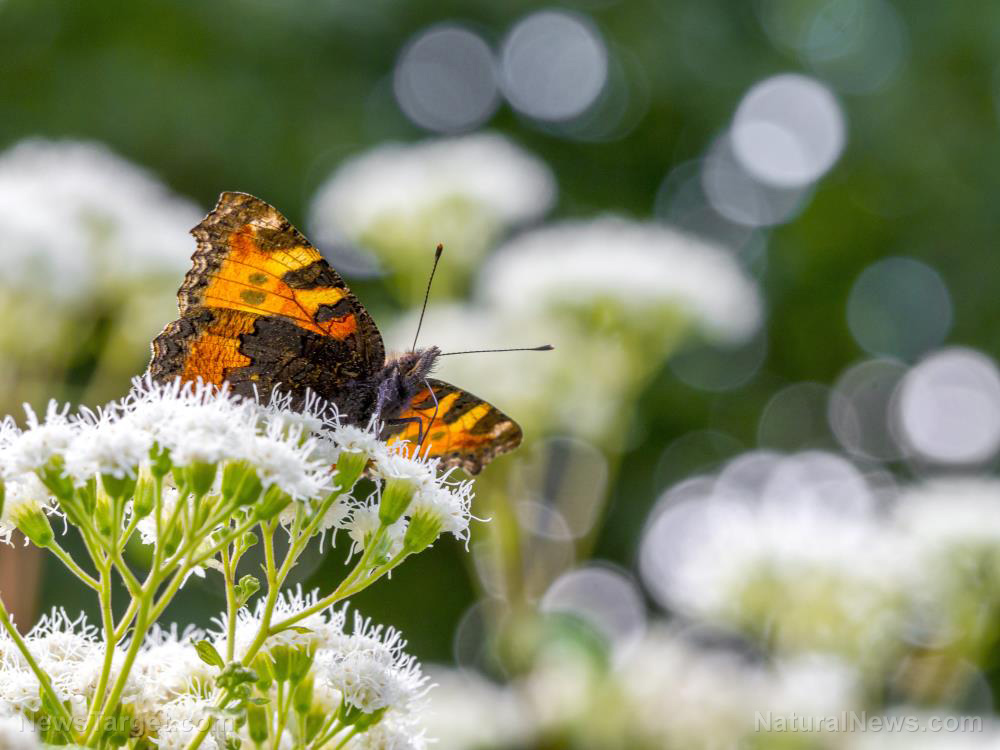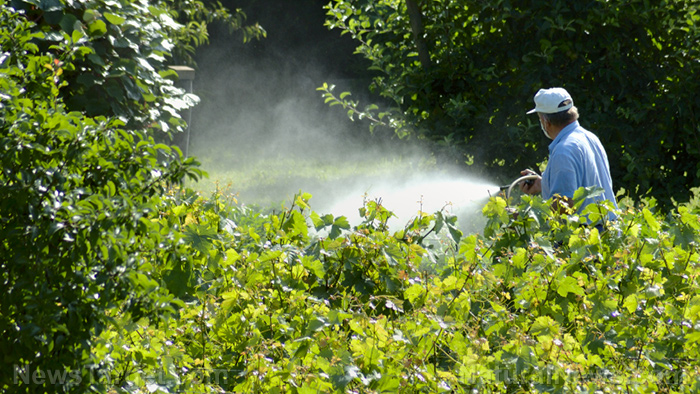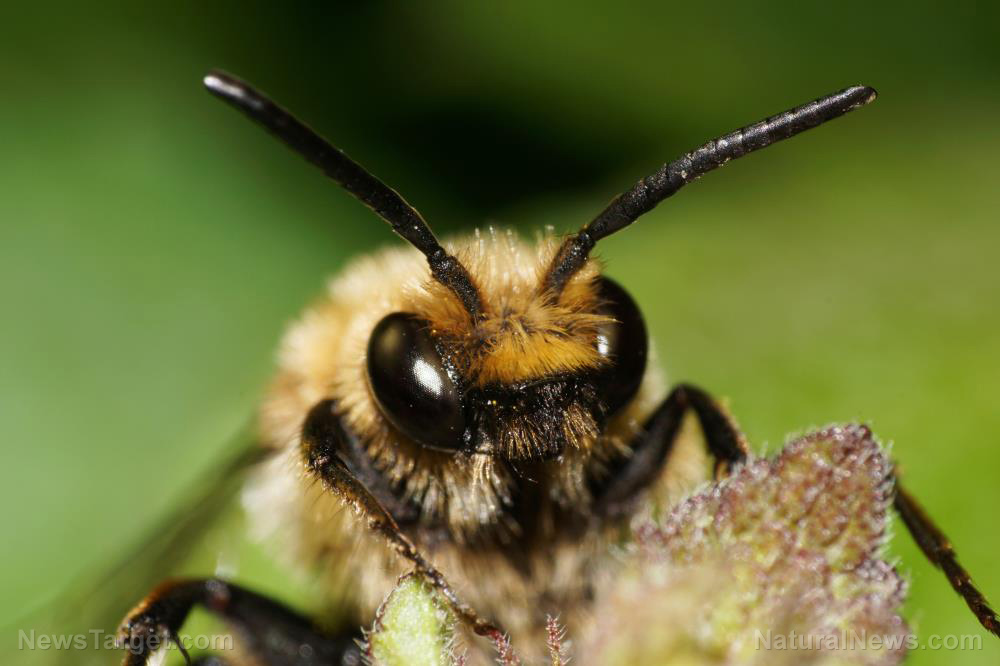Survey by international research team shows number of insect species in various areas have plunged by ONE-THIRD
08/24/2021 / By Virgilio Marin

Various insect species have declined by around one-third in the last 10 years, according to a survey conducted by the Technical University of Munich (TUM) in Germany. The decline mainly affects grasslands located near intensively farmed land but also applies to forests and protected areas.
The survey researchers collected more than one million insects at grassland and forest sites in various German states between 2008 and 2017. They found that about a third of the investigated species are in decline, and certain rare species are no longer found in some regions.
“A decline on that scale over a period of just 10 years came as a complete surprise to us – it is frightening but fits the picture presented in a growing number of studies,” said Wolfgang Weisser, a TUM professor of terrestrial ecology and co-initiator of the survey. The findings of the study were published in the journal Nature.
Insect species in decline
Many studies previously demonstrated that the insect species in the German meadows declined in the last 25 years ago. But these studies either focused exclusively on insect biomass – that is, the total weight of all insects – or on individual species or species groups, according to Sebastian Seibold, a scientist at TUM’s Terrestrial Ecology Research Group and the main initiator of the survey.
“The fact that a large part of all insect groups is actually affected has not been clear so far,” said Seibold. It was also unclear whether and to what extent forests were affected by the insect decline, he added.

To that end, the researchers surveyed nearly 2,700 insect species in 150 grassland and 140 forest sites in the German states of Brandenburg, Thuringia and Baden-Wurttemberg. They estimated that the insect biomass in grasslands decreased to one-third of its former level while the insect biomass in forests decreased by around 40 percent.
The researchers noted that all types of forest and grassland sites were affected, including sheep pastures, meadows mowed and fertilized three to four times every year, forestry-dominated coniferous forests and even unused forests in protected areas. The biggest losses were in grasslands surrounded by intensively farmed land, where the most affected species were those unable to travel far. In the forested areas, the hardest-hit insect groups were those that travel long distances. (Related: While everybody panics about coronavirus, insects are heading for extinction in both the U.S. and Europe … No insects means no food.)
Survey co-author and insect specialist Martin Gossner of the Swiss Federal Institute for Forest, Snow and Landscape Research said that further study is needed to determine whether the insect trends in forests were due to increased agricultural activity or the living conditions in the forests themselves.
In the meantime, the challenge is to unite conservation efforts to effectively curb insect losses. Seibold noted that the majority of current initiatives operate independently of one another and are overly concerned with the cultivation of individual plots of land.
“To stop the decline, however, our results indicate that more coordination is needed at the regional and national levels,” said Seibold.
Insect extinction can bring ecological collapse
In a 2019 review, Australian researchers warned that the world’s insects can vanish within a century at the current rate of insect losses, threatening a “catastrophic collapse of nature’s ecosystems.”
The researchers reviewed 73 historical reports of worldwide insect declines and assessed the underlying drivers of these decreases. Their findings, published in the journal Biological Conservation, show that more than 40 percent of insect species are declining and a third are endangered. Intensive agriculture is the main contributor to these declines, especially the heavy use of pesticides, according to the researchers.
They noted that the global insect biomass is dropping by a rate of 2.5 percent a year, which is eight times faster than the rates for mammals, birds and reptiles. They warned that insects could go extinct within a century at that rate, with dire consequences for the environment as they are essential for the proper functioning of all ecosystems.
Read more reports about species declines at Ecology.news.
Sources include:
Tagged Under:





















